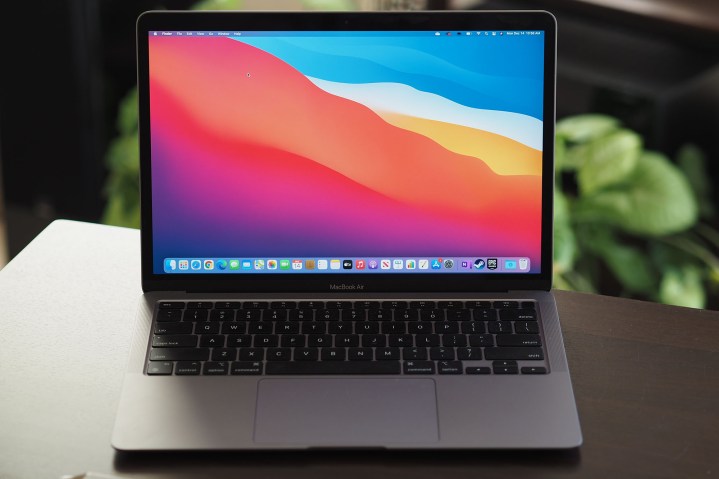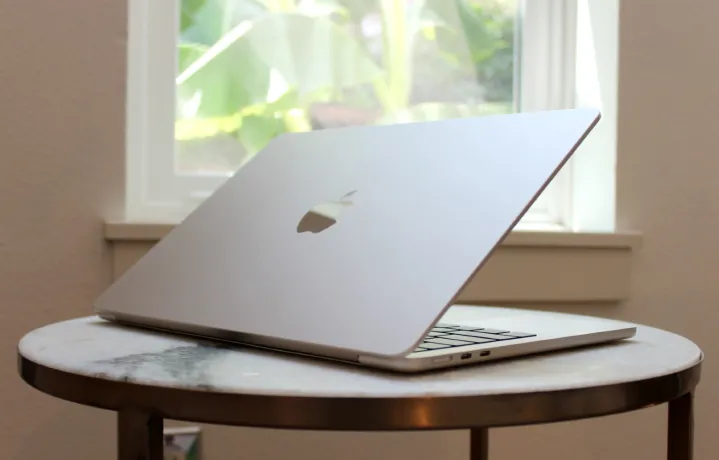
Apple’s MacBook lineup is a bit all over the place at the moment. It’s full of fantastic machines that trounce the competition , yet picking the right Mac for you has never been more confusing. But amid all the uncertainty, one thing is for sure: I can finally stop recommending the M1 MacBook Air.
For years now, the M1 MacBook Air has been a great choice for anyone looking to dip their toes into the world of Apple laptops. But three years after its launch, it’s no longer looking like the solid purchase it used to be.
A strong debut

The M1 MacBook Air launched in late 2020, debuting Apple Silicon to the world. The chassis of the laptop itself wasn’t new, leaving the chip inside to take the spotlight. The stellar performance and battery life made it a great choice at the time, especially with it being such a huge upgrade over the old Intel-powered MacBooks. It was so good, in fact, that I continued recommending it to people long after its supposed successor, the M2 MacBook Air, came out.
So, why was I recommending the M1 MacBook Air for so long when the M2 version was out and on store shelves? Well, it comes down to a few things. Firstly, the difference between the M1 chip and its M2 successor was not huge. While some had predicted huge gains with the M2, in the end it was not a next-generation upgrade in performance. The M1 was still more than enough for most people who didn’t need to do anything demanding — and for the demographic the MacBook Air is for, the bump in performance just isn’t so important.
But extra performance is extra performance, even if it’s a small margin, right? Well, the wrinkle is that Apple kept both versions around, but charged an extra $200 for the M2 model. With such a small advantage over the M1, it wasn’t really worth the extra price.

Throw in an issue where SSD speeds got throttled on the entry-level M2 MacBook Air (but not on the M1 version) and the M2 edition was tough to recommend.
The fact that we continued to recommend this three-year old laptop is unheard of in the world of tech. It’s impressive. But again, it’s 2023 and there are reasons to finally move on.
Things have changed

Pricing was one of the biggest problems with the M2 MacBook Air when it launched. Because Apple was intent on keeping the M1 MacBook Air in the lineup, it priced the M2 model at $1,199 — a $200 premium over the original. Since then, Apple has officially reduced the price to $1,099, leaving only a $100 gap between models. When you consider not only the extra performance that the M2 provides, but also the thinner bezels, better speakers, better webcam, slimmer chassis, updated wireless connectivity, and the MagSafe 3 port — there’s certainly more than enough to justify spending $100 more.
Beyond that, we’re starting to see the M2 MacBook Air dip much lower in price at third-party retailers. During the Black Friday and Cyber Monday MacBook sales , we saw the M2 MacBook Air dip to as low as $949 — less than Apple charges for a brand-new M1 MacBook Air. For under $1,000, the M2 MacBook Air is a fantastic value.
Of course, the M1 MacBook Air has been dropping lower in price too. It’s still a laptop that could work well enough for a student or just someone who needs a basic laptop. But it’s now at the point where I wouldn’t recommend buying it unless you can find it on deep discount. The best M1 MacBook Air deal we found during the Black Friday sales was for $750. It still compares very favorably against Windows laptops at that price, but at the full price of $999, it’s starting to look and feel outdated.
What about the M3?
What about if you want to wait for the M3 MacBook Air ? Well, that’s definitely a viable course of action. Apple often hosts a spring show around March or April, and rumors have pointed to this event as being where the M3 MacBook Air will make its debut.
But we’re not expecting a major change to the design of the MacBook Air. If you’re in the market for a MacBook Air, performance isn’t likely to be your number one priority. There’s the MacBook Pro for that, after all. Instead, chances are you want a light, portable laptop with oodles of battery life. The M2 MacBook Air can offer that without requiring you to wait for a few more months.
Either way, the M1 MacBook Air is figuring less and less in the calculation. If you’re after a MacBook Air, there’s no need to pick it over any other option unless you have very specific needs and requirements. The M2 MacBook Air has finally become the go-to option as an entry point for MacBook buyers, and will do you proud.



